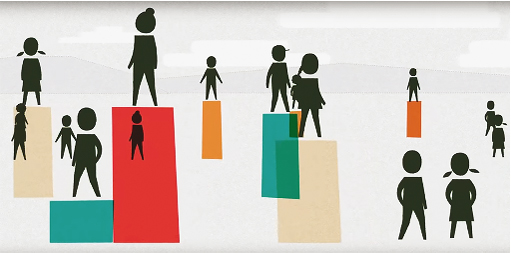1 How do we identify resilient people?
Studies of children in deprived communities demonstrate that some children cope better than others with difficult environments and events. These resilient children showed particular strengths in:
- confidence
- intelligence
- problem solving
- having a positive outlook
- being forward thinking.
It seems that while everyone has some degree of resilience to life events, some characteristics help people to be more resilient than others in similar situations.
The American Psychological Association (2014) has identified several factors for resilience in adults. These include:
- having caring and supportive relationships within and outside the family
- the capacity to make realistic plans and take steps to carry them out
- a positive view of yourself and confidence in your strengths and abilities
- skills in communication and problem solving
- the capacity to manage strong feelings and impulses.
These are all factors that can be developed further.
In the first activity this week, you’ll consider the strengths of a resilient person who you know.
Activity 1 Strengths of resilient people
Take a few minutes to think about someone you know, or a well-known person, who you think of as resilient. Consider in what way, or in what type of situation, they are resilient and what strengths they show. Which of the following do they demonstrate? Which others would you add?
- confidence
- problem-solving
- a positive outlook
- forward thinking
- a good planner
- a good communicator
- comfortable with their emotions
- intelligence.
| Name of resilient person | |
| Characteristics |
Another familiar example of a resilient type of person is an athlete. Watch this short video to see how British gold medal winning sprinter and former gymnast Asha Philip approaches resilience.
Asha Philip on resilience [Tip: hold Ctrl and click a link to open it in a new tab. (Hide tip)] (make sure to open the link in a new tab/window)
While we won’t all need to demonstrate this level of resilience in our lives, we can learn some lessons from Asha’s journey. She talks about the important of having the belief of others, taking things step by step, mental toughness and seeing change or adversity as an opportunity to learn more about yourself. Those lessons can be applied in many different situations.
Following a review of the literature, Kuntz (2020) concludes that ‘Genes, emotional regulation, personality traits, affect, and early life experiences are depicted in the literature as individual factors that influence appraisals of adversity and resilient responses to challenges.’
Next, you will consider some of these influencers in more detail.

